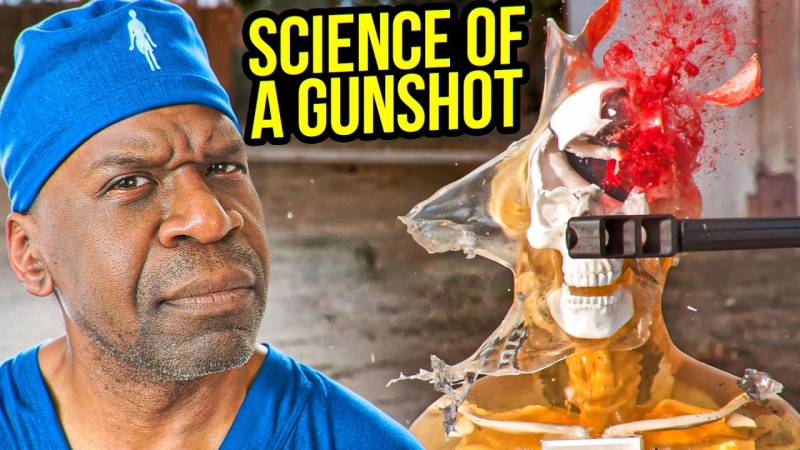Scientist are Converting DNA sequences and particle vibrations into notes this allows researchers to recognize unseen patterns and create songs for outreach
According to reports, Mark Temple, a medical molecular biologist, used to spend a lot of his time in his lab at Western Sydney University in Australia researching new drugs for cancer treatments. He would extract DNA from cells, put it into small tubes, and then add a drug to see where it was binding along the chemical sequence.
Before he introduced the drug, he’d look at DNA combinations on a screen to see what might work best for the experiment, but the visual readout of the sequences was often overwhelming.
So Temple wondered if there was an easier way to detect favorable patterns.
I realized I wanted to hear the sequence, says Temple, who is also a musician. You know, the combination of some sort of audio display and a visual display is much more powerful than either in isolation.
He started his own system of assigning notes to the different elements of DNA—human DNA is made of four distinct bases, so it was easy to start off with four notes—and made a little tune out of his test-tube materials. This trick indeed helped him better spot patterns in the sequences, he says, which allowed him to make better choices about which DNA combinations to use.
Temple isnt the first person to turn scientific data into sound. In the past 40 years, researchers have gone from exploring this trick as a fun way to spot patterns in their studies to using it as a guide to discovery. Some scientists are turning such sounds into songs they say can be therapeutic, while others imagine a future where sounds can be altered and reverse engineered to make new materials.
The first experiments in which scientists turned biological data into sound started in the early 1980s. In the United States, David Deamer, now a biomolecular engineer at the University of California, Santa Cruz, and a pianist, says that he was talking with a researcher friend when he first noticed that three of the four bases of DNA correspond to letters which also correspond to musical notes: A, G and C. He decided to assign the note E to the base T and started playing the notes on the piano, only to realize that some of these combinations actually represent two chords on the musical scale—C Major 6th or A Minor 7th. Later, he gathered a couple of colleagues and composed melodies from these notes, culminating in a cassette they titled DNA Suite. It consisted of about half an hour of music based on the human insulin gene and some bacterial DNA sequences. On August 3, 1982, Deamer appeared on Walter Cronkites Universe on CBS and played his DNA songs on piano.
In the meantime, in France, the physician and composer Joël Sternheimer was doing something similar. He was developing a framework rooted in physics to transcribe the vibrational frequencies associated with each of the 20 amino acids that make up proteins into musical notes for a score.
Since then, experts from various fields have sonified viruses, hormones, proteins, spiderwebs and even flames, using a variety of techniques on the spectrum between what Deamer and Sternheimer used. Some have even turned their efforts into commercial enterprises. Composer Stuart Mitchell founded the startup Your DNA Song that uses a sonification method to turn an individual’s genetic information into a personalized tune.
The scientific community has come to realize that theres some long-term value in this type of work. Temple, who from that first experiment has created his own algorithmic software to convert data to sound, believes the resulting music can be used to improve research and science communication.
Sometimes we have thousands of data points from experiments, which is quite hard to look at, but if you can stream through those data points in audio, then you can quickly scan them and listen for outliers and listen for changes in the data, says Temple. He mentions research in which scholars successfully sonified electrocardiography signals in order to diagnose cardiac diseases: trained cardiologists could spot anomalies with 78 percent accuracy after a short training with the sonification technique.
Temples own method consists of assigning each individual DNA base—the four building blocks of human DNA, also known as nucleotides, labeled with the letters A, C, T, G—to a musical note. He then takes subsequent pairs of bases, and maps them to a slightly wider collection of notes. Finally, he takes triplets of bases—which in DNA are responsible for converting amino acids—and maps those to notes too. This system produces a series of stacked notes, which can be interpreted as chords. Played in sequence, the chords make music, he says, in a process very similar to the Deamer’s method.




